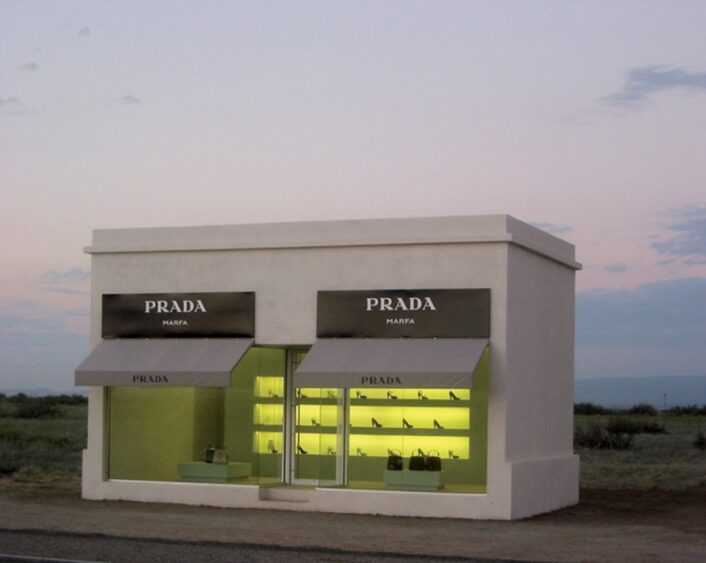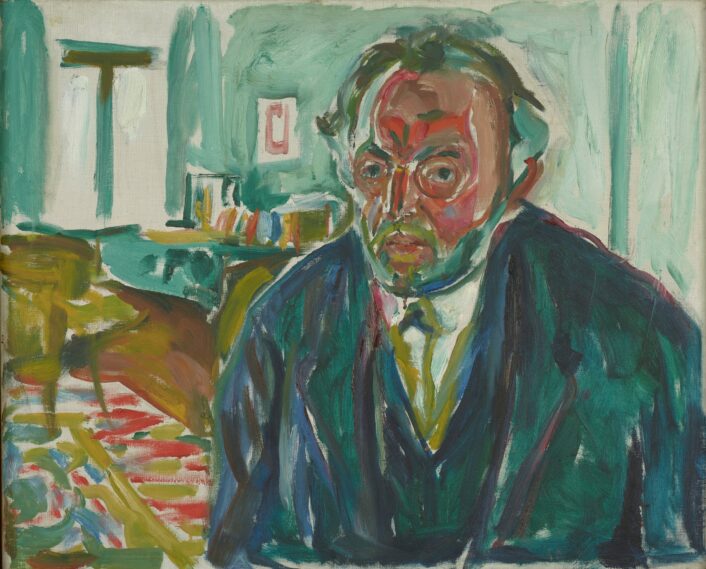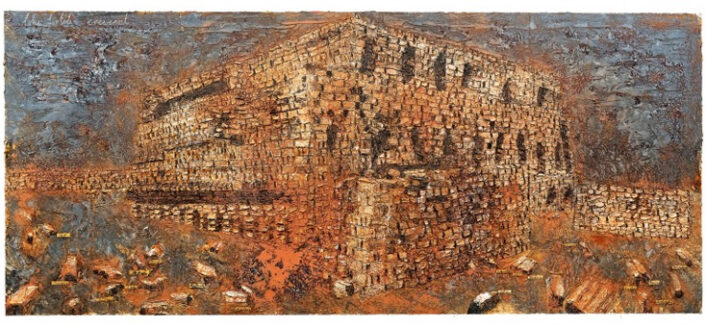Culture
Are we as lonely as an Edward Hopper painting?
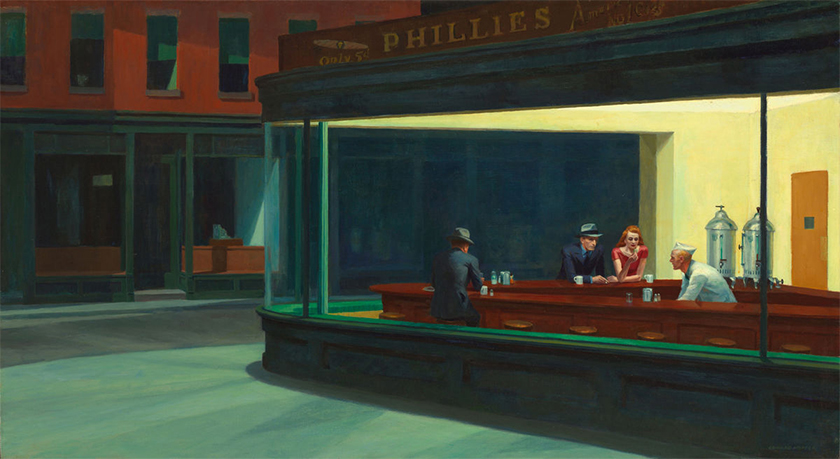
“Nighthawks,” 1942. On display at The Art Institute of Chicago.
Perhaps Hopper’s best known painting shows solitary, hunched figures perched on stools at a countertop of a late-night diner. The sidewalk is deserted and dark, as are the storefronts in the background. Endless possibilities and inevitable failures for connection work towards the unlacing theme of loneliness.
Image courtesy of: Artsy
As we all experience a time that is different than any other, a comparison that has rung true for many are Edward Hopper paintings. As people social distance in order to become “free” again, we might sit alone on our porches or eat dinner in solitary at our dining room table. Ethan Lasser, a curator at the Museum of Fine Arts in Boston said that Hopper “is the unexpected poet of our moment.”
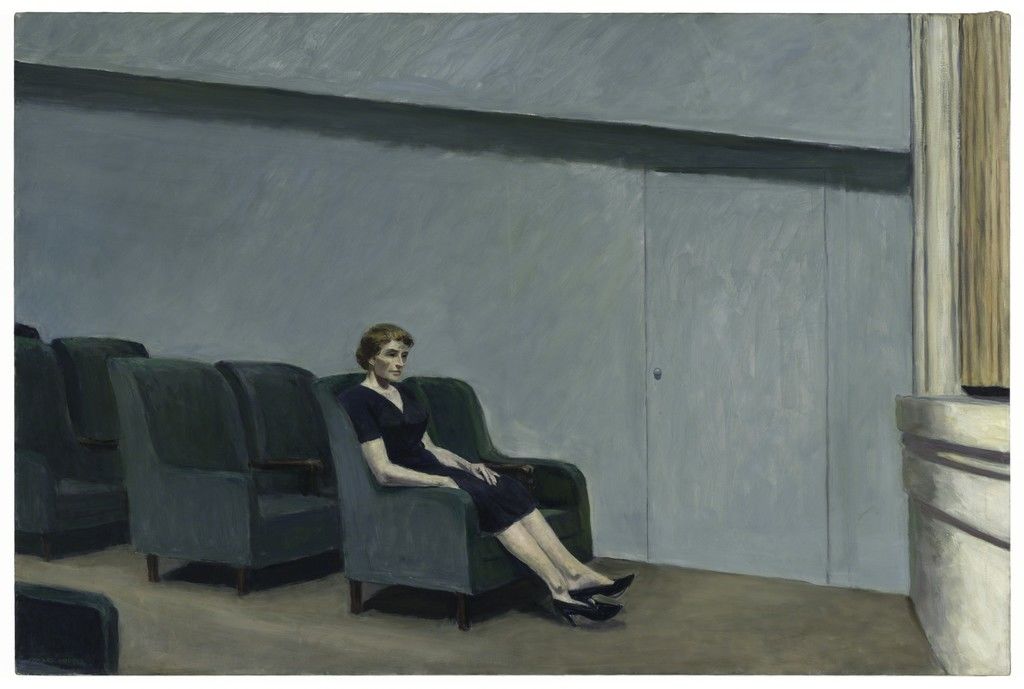
“Intermission,” 1963. On display at the San Francisco Museum of Modern Art.
Image courtesy of: Artsy
There is a certain image of Hopper’s paintings that relates to post-war America. During this time, the country underwent rapid change and grew more and more affluent. However with these changes, feelings of anxiety and detachment grew.
Inevitably, Hopper’s painting points toward a stillness in each scene… and a quiet tension that transcends what it feels like to be alone with your thoughts.
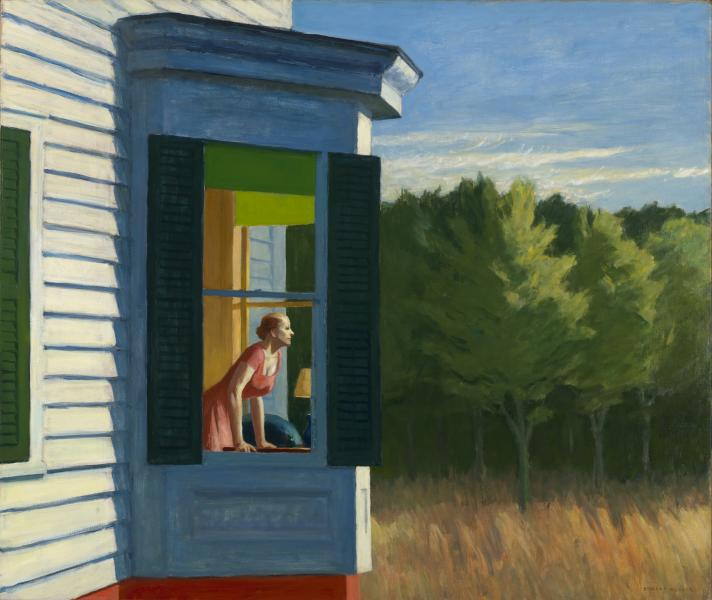
“Cape Cod Morning,” 1950.
… a painting that tells no story. Jo, Hopper’s wife appears seemingly trapped; at the mercy of nature over which no one has any control.
Image courtesy of: Smithsonian American Art Museum
However, it didn’t take a global pandemic to isolate the poor souls in Hopper’s paintings. Towering urban buildings where people are alone in their individual apartments, gas stations in the middle of a rural landscape, and a select few individuals in a diner… none of these scenes point to enthusiasm.
Today, as we live through self isolation and social distancing in order to do better for the greater good, we hope to defy Hopper’s visions of isolation and alienation. The message Hopper tries to portray is that modern life can be quite lonely. One wonders whether Hopper felt anger towards “modernity” in that even though it pushes masses of people into urban lifestyles, instantly people become removed from the familiarity and inclusiveness that they knew.
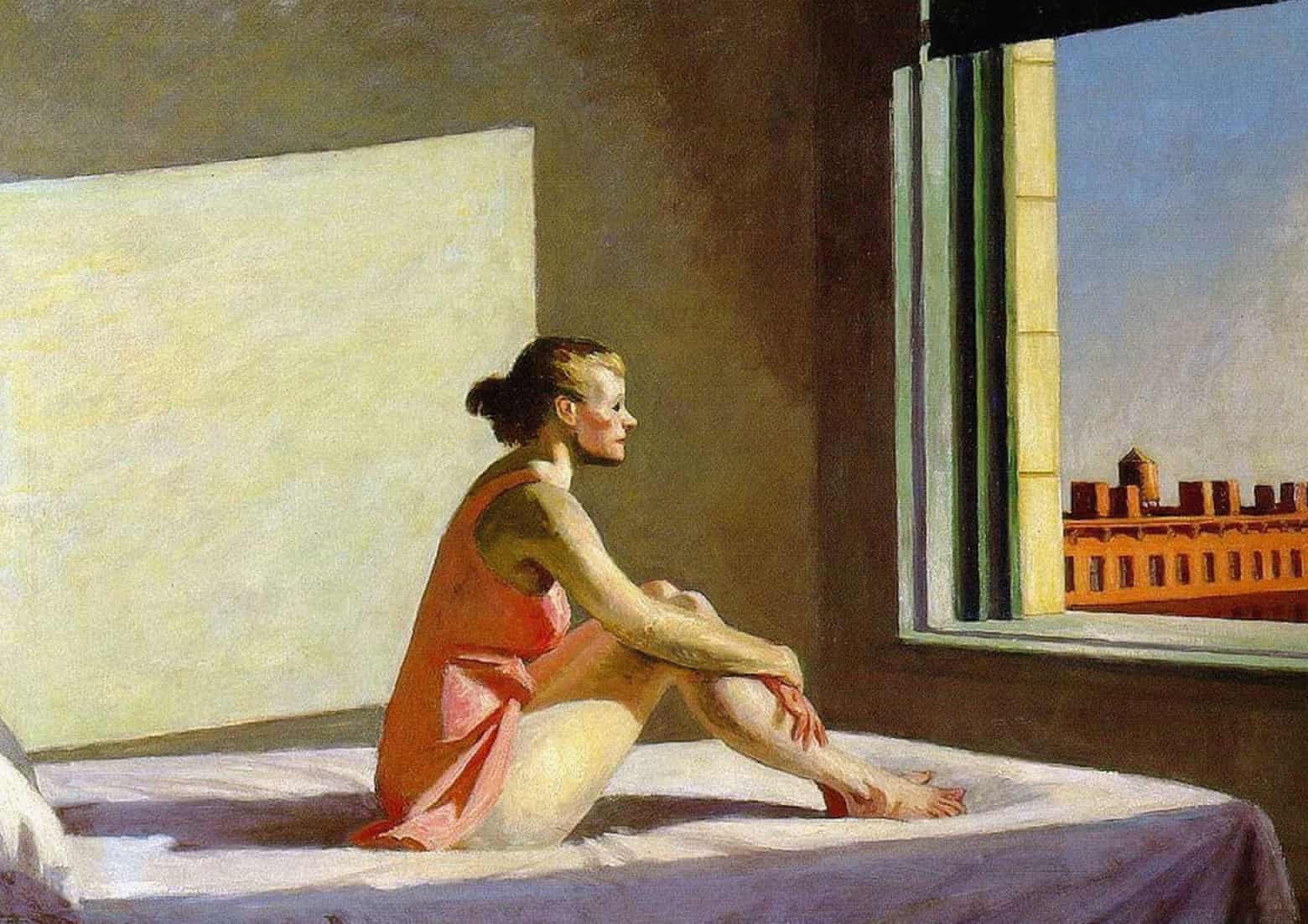
“Morning Sun,” 1952.
One Instagram follower (alexandraroach1) posted this painting and wrote, “Sending love from my room to yours ♥️ This could be me in the painting but I’d add a phone into her hand. Anyone else finding social media so loud and stressful atm but can’t stop scrolling? 😕 I know people say this is a great time to start new projects but I stared at my toes in the bath for 40 minutes today. 😂 It’s a LOT to take in all this isn’t it?! But we have to stay connected even though we’re on our own. So tell me… how are you doing? ♥️
Image courtesy of: Daze Digital
It is interesting in that Hopper, as one of America’s premier American realist painters, conveyed exactly how we are feeling today… even despite the fact that he died over fifty years ago and lived in an entirely different time of history.
The psychological paintings that were created between the 1920s and the 1950s emit unease and that is exactly what resonates today. Accidentally, Hopper captured the spirit of 2020 amid a global pandemic; even though he once said, “the loneliness thing is overdone.”
Our own insignificance is front and center as we are bombarded by changing statistics, varying data, and unknown conclusions.
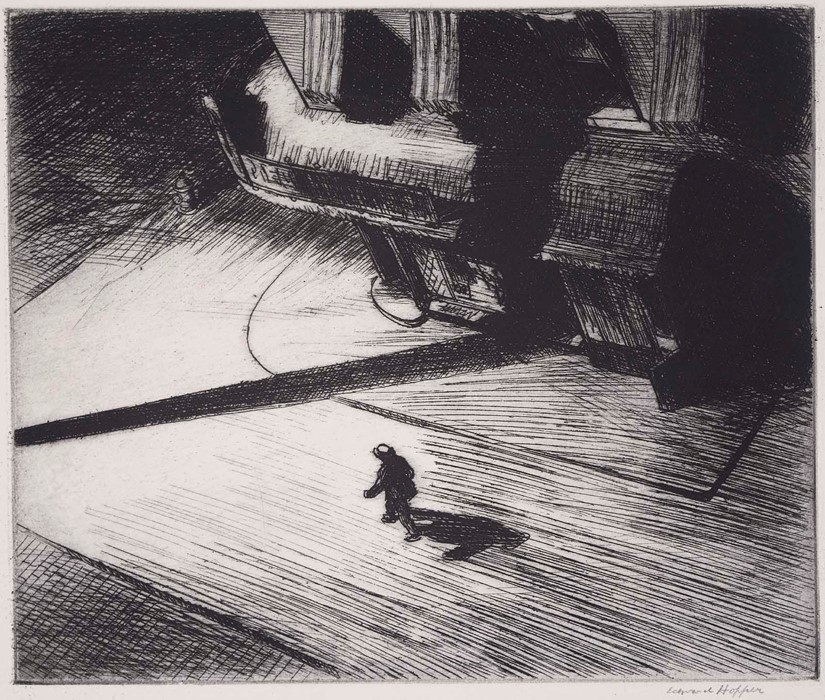
“Night Shadows,” 1922. Etching at the US Library of Congress.
Image courtesy of: Daze Digital
This period of history resembles the time during which Hopper lived… the 1918 Spanish flu, the sharp economic decline brought on by the Great Depression of the 1930s, and the changing times brought about by the evolution of electrical power.
Like Hopper, we are now living in a scary and uncertain world. And coincidently, like Hopper’s figures, we are experiencing a calm disquiet .
